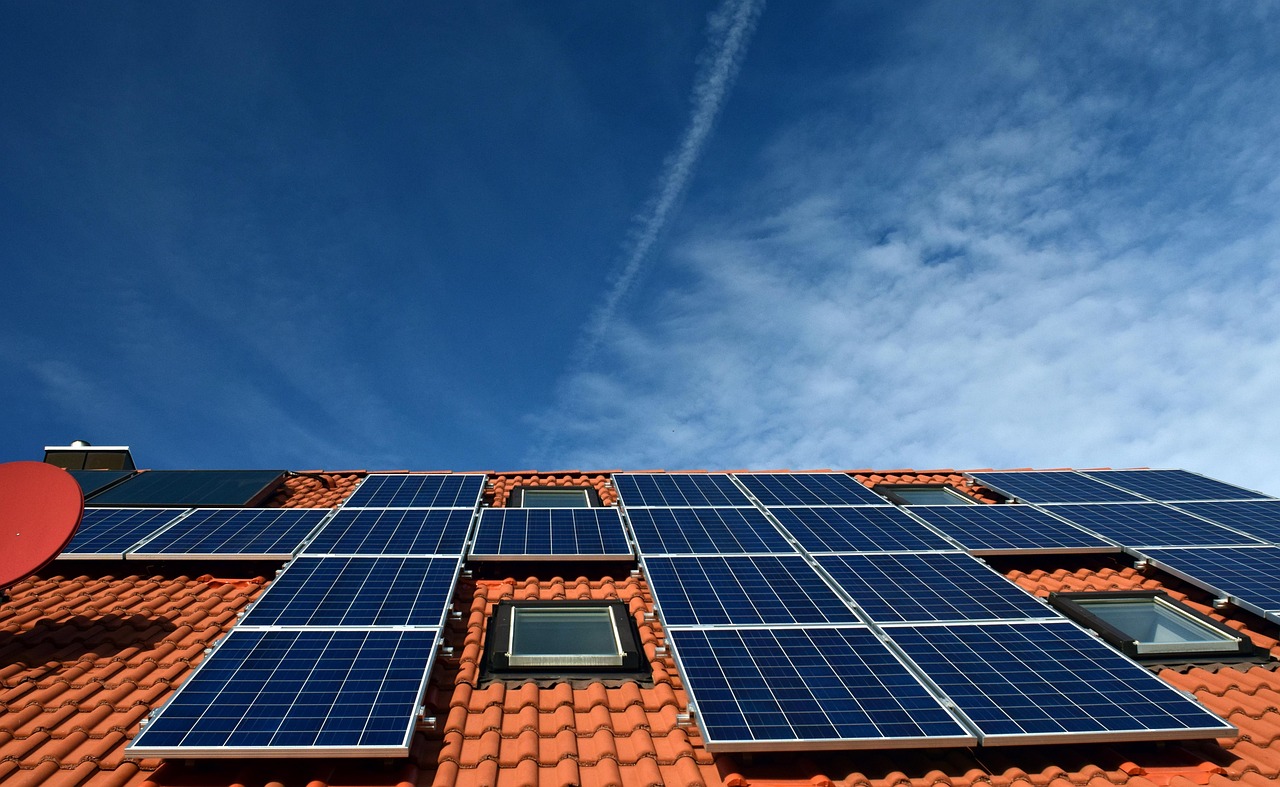Building integrated solar refers to photovoltaic technology that is seamlessly incorporated into the structure of a building, such as roofs, facades, or windows. It serves a dual purpose by both generating electricity and functioning as a key building component, replacing traditional materials without compromising design or utility. This integration allows buildings to produce renewable energy while maintaining their aesthetic and structural integrity.
Unlike conventional solar panels that are mounted on top of buildings, building-integrated solar becomes part of the building envelope. This approach enhances energy efficiency and sustainability by making the building itself an active participant in energy generation, reducing reliance on external power sources.
Buildings with integrated solar systems can reduce energy costs and carbon footprints while opening up new architectural possibilities. As solar technology advances, this form of energy integration is becoming a practical and attractive option for sustainable urban development.
Core Concepts of Building Integrated Solar
Building integrated solar technology merges photovoltaic systems with building design to create functional, energy-generating components. It involves different types of solar materials that replace or augment traditional building elements while providing electricity and structural benefits. The methods for integration vary by architectural style and building requirements.
Definition and Principles
Building Integrated Photovoltaics (BIPV) are solar power systems that serve both as electricity generators and as integral parts of a building’s structure. Unlike traditional solar panels mounted onto buildings, BIPV materials replace conventional construction materials such as roofs, facades, or windows.
The core principle is dual functionality: BIPV systems provide shelter or weather protection while generating renewable energy. This integration optimizes space and aesthetics, often reducing the need for additional mounting hardware. The approach supports energy efficiency goals by allowing structures to produce power on-site, lowering dependence on external electrical sources.
Types of Building Integrated Photovoltaics
BIPV materials come in various forms, including:
- Roof-integrated solar tiles: These replace traditional roof shingles and blend seamlessly with roofing.
- Facade-integrated panels: Photovoltaic modules incorporated into exterior walls or curtain walls.
- Semi-transparent solar glass: Used in windows or skylights, allowing light transmission while generating electricity.
- Balcony railings and shading devices: Embedded with solar cells to serve architectural and energy functions.
Each type varies in efficiency, transparency, and design flexibility, allowing selection based on building orientation, climate, and aesthetic demands.
Integration Methods in Architecture
Integration of BIPV into architecture requires coordination between architects, engineers, and solar specialists. Common methods include:
- Direct replacement: BIPV materials substitute conventional building envelope components during construction.
- Retrofit integration: Existing structures are adapted to incorporate BIPV solutions without compromising aesthetics or structural integrity.
- Hybrid systems: Combining BIPV with traditional solar panels to maximize energy generation.
Design considerations include structural load, electrical wiring, weatherproofing, and thermal performance. Each project demands customized solutions to optimize both energy production and architectural coherence.
Applications and Design Considerations
Building integrated solar systems must balance practical installation with performance and design. Understanding how solar elements fit into building facades and roofs, their efficiency, and their impact on structure and appearance is essential to successful implementation.
Facade and Roof Integrations
Solar panels can be integrated directly into building facades and roofs, serving dual functions as both energy generators and building envelope components. Facade integration often involves solar glass or thin-film panels fitted into curtain walls or window systems.
On roofs, photovoltaic modules can replace traditional roofing materials, such as shingles or tiles, reducing additional mounting needs. They must be selected based on orientation, shading, and exposure to maximize sunlight capture.
Integration requires coordination with structural systems to ensure panels withstand environmental stresses. Waterproofing and insulation are also critical to maintain the building’s envelope integrity while housing solar components.
Energy Efficiency and Performance
Energy output depends on factors including panel type, placement, and local solar irradiance. Building integrated photovoltaics (BIPV) often use monocrystalline or thin-film cells, balancing efficiency with flexibility in design applications.
Thermal performance of BIPV can improve building insulation, reducing heating and cooling costs. However, shading from architectural elements or urban surroundings must be minimized to avoid efficiency losses.
System performance benefits from smart design choices like adjustable panel angles or integration with battery storage. Monitoring solutions are often employed to track energy production and optimize maintenance schedules.
Aesthetic and Structural Impacts
Solar integration can enhance architectural appeal by blending technology with design, avoiding the visual disruption common to traditional panel installations. Custom colors, shapes, and materials allow panels to act as architectural elements rather than add-ons.
Structurally, buildings must accommodate additional loads from solar components and mounting systems. This may require reinforcement or the use of lightweight solar materials. Early collaboration between architects and engineers ensures seamless integration.
Materials used in BIPV can contribute to the building’s fire resistance and weather durability. Designers must carefully weigh these factors to maintain safety and longevity while supporting the solar function.








